- Make It Yourself Lavender Heart-Shaped Bath Bombs!
- 20 Things You Never Knew About “Down There”
- 12 Best Foods For Those Suffering From Arthritis Pain
- 12 Personal Hygiene Mistakes Almost Everyone Makes (Mom Never Told You About #4!)
- 15 Medicinal Plants And Herbs From The Cherokee People
- 12 Mind-Blowing Benefits Of Drinking Coconut Water During Pregnancy
- 12 Outstanding Winter Foods That Won’t Fatten You Up Like A Christmas Turkey
12 Of The Best Plants For The Bedroom For Cleaner Air And Better Sleep
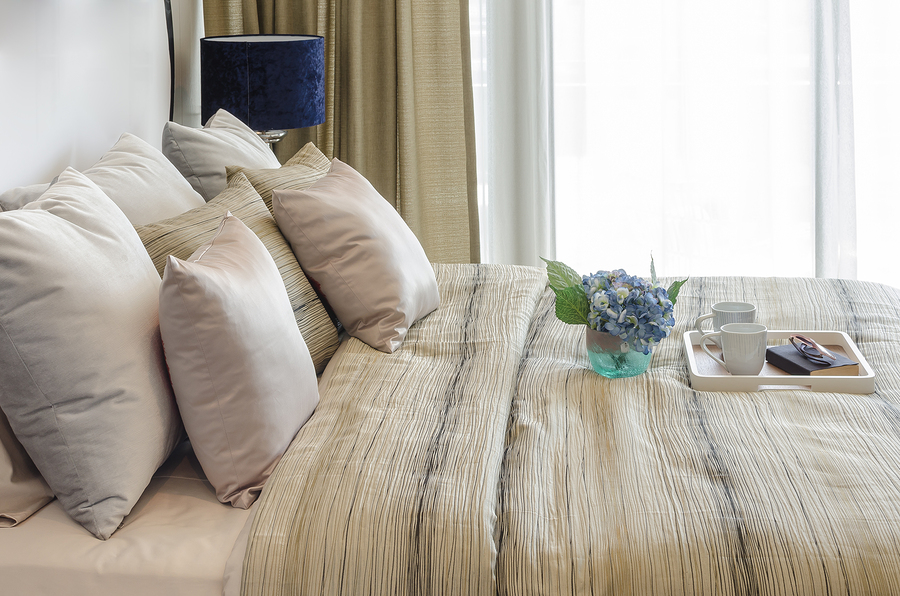
Photo credit: bigstock.com
If you are like us, you love having beautiful houseplants indoors, not only for their beauty, but also because they help clean the air.
Did you know, however, that putting certain plants in your bedroom can help to improve your sleep quality? It’s true! Experts estimate that about half of all sleeping problems come from feelings of anxiety or stress. It is hard to sleep at night when you are thinking about the previous day or the next day’s business.
Studies show that being outdoors in nature relieves stress and calms the nerves, so it only makes sense to bring some of nature indoors. Plants will not only improve your mood and relieve stress, but they also remove mold, bad odors, and pollution from the air, allowing us to breathe easier.
In fact, the folks at NASA did a large study and found that some plants not only clean the air inside our homes, they also give off oxygen at night, which can also help to improve sleep.
Want to know which plants you should put in your bedroom for better sleep? Then keep reading, because we found 12 of the best choices around!
Continue to Page 2
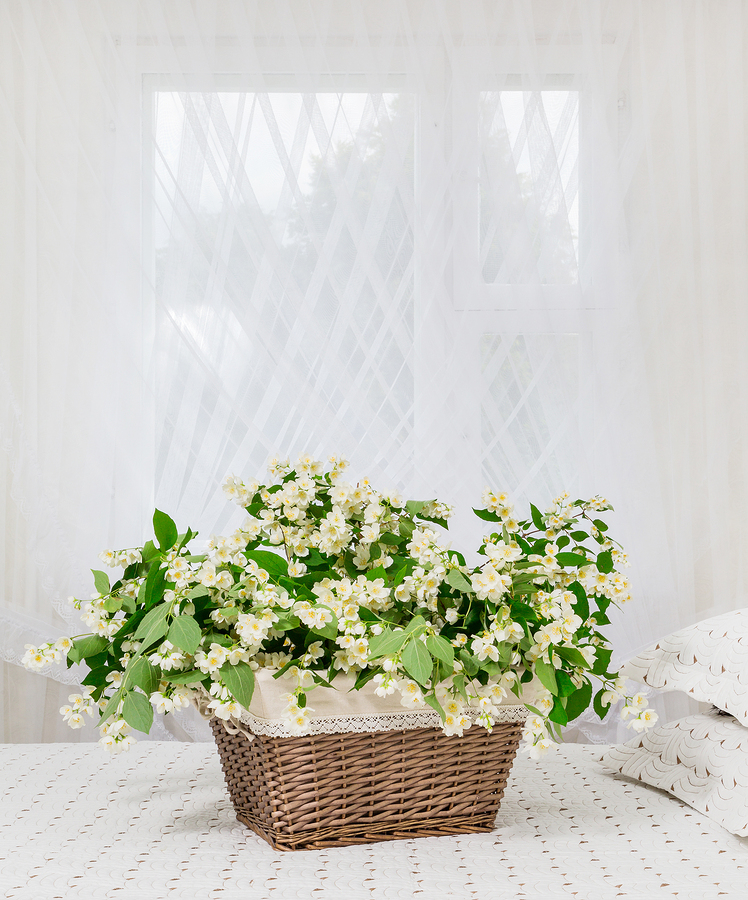
Photo credit: bigstock.com
1. Jasmine
The scent of jasmine has a gentle and soothing effect on both mind and body.
One study found that jasmine reduced anxiety levels, which lead to better quality sleep. In fact, this research study found that jasmine had such positive effects on sleep that subjects were more productive and had increased levels of alertness the following day.
There are several types of jasmine plants available — one of which, called Night Blooming Jasmine, blooms only at night, which makes it perfect for the bedroom.
Depending on your climate, you can plant a jasmine bush outside your bedroom window or keep a small pot in a sunny window.
Continue to Page 3

Photo credit: bigstock.com
2. Lavender
You probably have used lavender scented soaps, shampoos, and potpourri in your home because it has a super pleasing scent, but the power of lavender goes far beyond a sweet scent.
Study after study has found that lavender calms feelings of anxiety and treats insomnia. Researchers around the world know that inhaling the scent of lavender releases powerful sedating effects on the mind.
Lavender needs plenty of sun, so place a small plant in a sunny window or pick some flowers and leaves from a plant in your yard, then place them inside your pillowcase.
Continue to Page 4
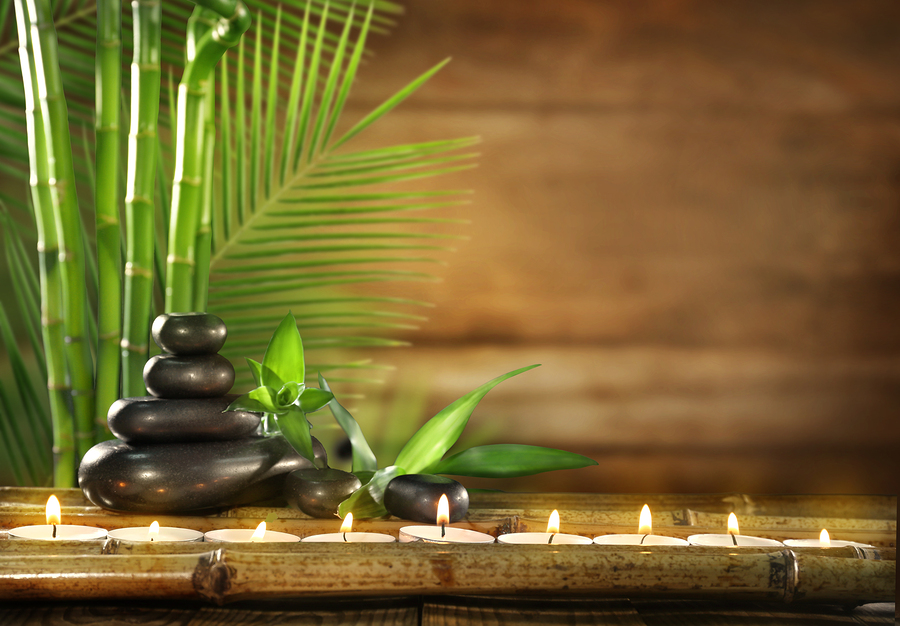
Photo credit: bigstock.com
3. Bamboo Palm
Sometimes called a Reed Palm, this small palm is a super powerful air cleanser and is pretty to boot! Remove those chemically laden air fresheners, and put a couple of these palms in a corner to remove toxins and bad smells from your bedroom.
Bamboo palms are not only beautiful to look at, but they will fill your room with pure, fresh air. These plants are very easy to care for: They like to be moist, but not too wet and don’t like direct sunlight.
If you want to give your room a more tropical feel and improve your air quality at the same time, this is the plant for your bedroom.
Continue to Page 5

Photo credit: bigstock.com
4. Gerbera Daisies
Everyone loves these bright and cheery flowers! You can’t look at these neon colored flowers and not feel happy. With their pink, yellow, orange, and white flowers, they can cheer up any room and go with any décor.
Gerbera daisies are one of the best plants for releasing oxygen at night, which can help you to breathe easier while you catch your Z’s. If you have allergies or sleep apnea, gerbera daisies can help you sleep easier.
The only drawback to these beautiful daisies is that they are fairly particular as to their watering and light requirements. They can also be prone to develop a fungal disease.
You can always just keep buying new plants if they should not survive your attempts to keep them going, but be sure that you read up on caring for these if you expect them to last.
Continue to Page 6
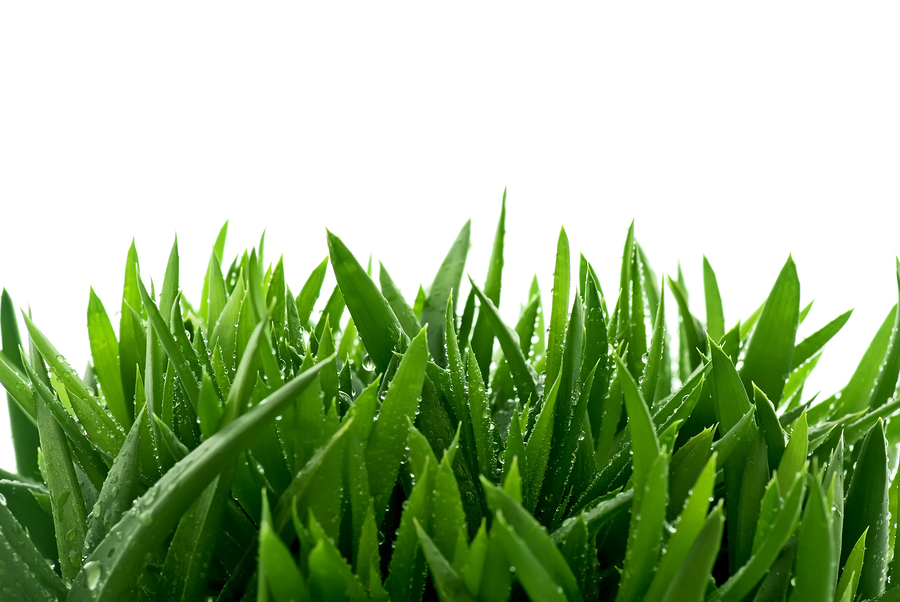
Photo credit: bigstock.com
5. Aloe Vera
You might have one of these in a pot in your kitchen in case of burns, but perhaps you should purchase another one and put it in the bedroom. The Egyptians called this the ‘plant of immortality,’ and although we can’t guarantee you a longer life, we can guarantee you cleaner air.
Aloe vera can remove the polluting chemicals found in many cleaning products. One of the interesting things about this plant is that when it removes a great deal of toxic chemicals in your home, the leaves will develop ugly brown spots. Don’t worry, it will grow new leave to replace these damaged ones, but at least you will know that the plant is doing its job.
This is one of NASA’s highest rated plants when it comes to cleaning the air, so make room in your bedroom for this easy to care for succulent.
Continue to Page 7
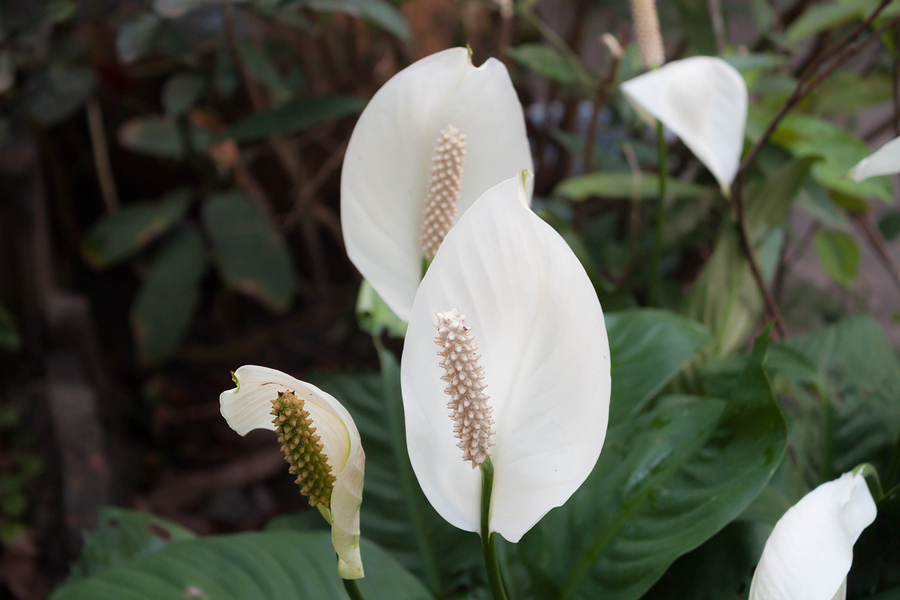
Photo credit: bigstock.com
6. Peace Lily
This is another one of NASA’s highest rated plants when it comes to cleaning the air. Peace lilies, with their beautiful creamy white flowers, are terrific at removing toxic compounds in the air, such as formaldehyde, benzene, and trichloroethylene.
If you live in a dry area, this would be a terrific choice for your home as the moisture given off by the flowers can actually increase the humidity of a room by as much as five percent! This will inhibit airborne microbes which lead to allergic reactions. It also helps to moisturize the air, offering relief from those who suffer from dry noses or throats.
This plant can be dangerous if eaten by pets or children, but it doesn’t need a lot of light and only requires water about once each week. Put it up on a dresser out of reach of pets, and you have a beautifully flowering plant that cleans the air and requires almost no care at all. Clean air doesn’t get much easier than this!
Continue to Page 8
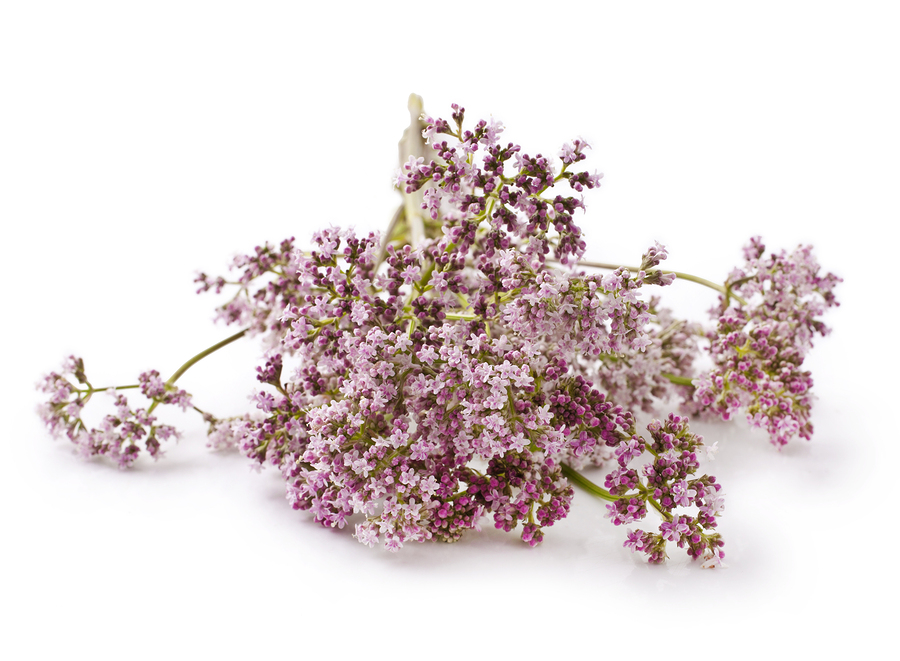
Photo credit: bigstock.com
7. Valerian
You might be thinking that you sometimes drink valerian tea at night to help you sleep and wondering if this is the same plant. It is! Valerian is a perennial flowering plant that blooms all summer long with beautifully scented white or pink flowers. These flowers were used as perfume during the 16th century, and the root has been used as a tea since ancient times.
Valerian needs at least six hours of sunlight each day so if your bedroom gets lots of light, this plant will work for you! Alternatively, you can plant one outside and bring in some of the flower petals and leaves to place in your pillowcase at night or even place them in your bath. If your bedroom does not get a great deal of sunlight, you might want to choose another plant.
Continue to Page 9
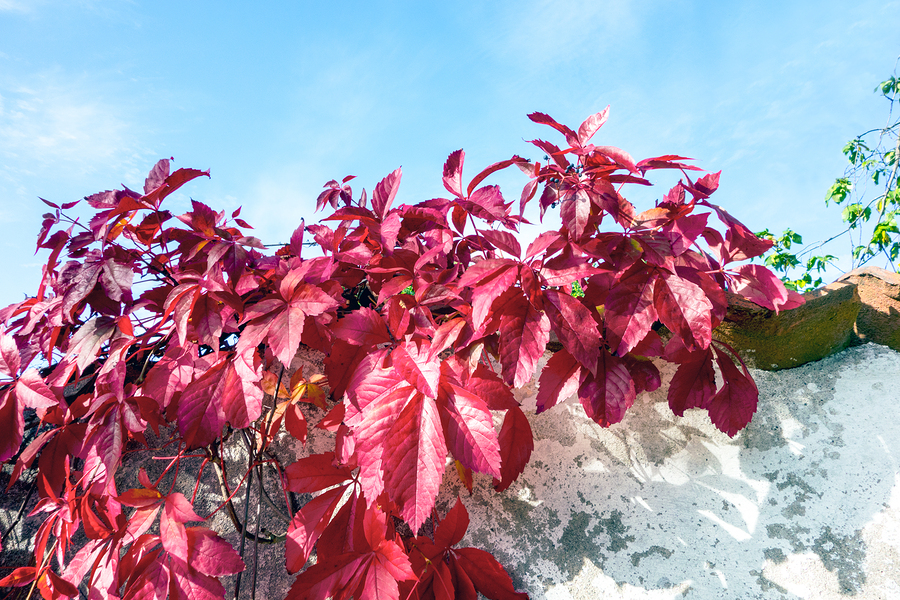
Photo credit: bigstock.com
9. English Ivy
NASA listed the plain old everyday English ivy as their number one choice for cleaning the air inside homes. English ivy works best when it comes to absorbing formaldehyde. This plant is easy to grow in normal household temperatures and needs only some sunlight each day. English ivy likes to climb, so find a nice corner near a sunny window and allow it to climb up and over your curtain rod for a pretty accent and some powerful air cleaning for your bedroom.
8. Snake Plants
Sometimes called Mother-In-Law’s Tongue, these are perfect for most bedrooms as they need very little light and almost no care. This is another plant that takes in carbon dioxide during the day and puts out oxygen at night, which can lead to improved sleep. Snake plants also filter out some of the worst toxins in the air, and they look good doing it.
Continue to Page 10
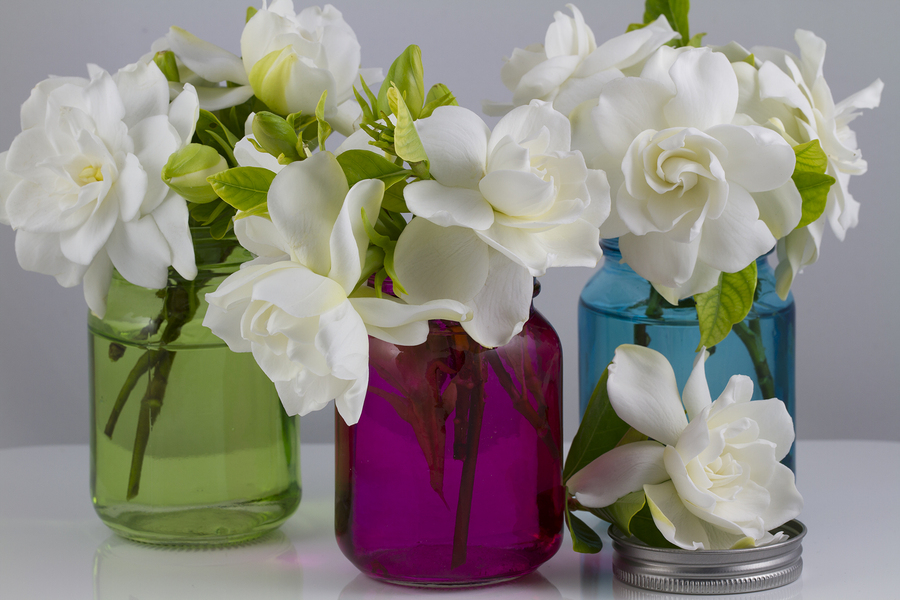
Photo credit: bigstock.com
10. Gardenia
With its beautifully glossy green leaves and creamy white scented blossoms, gardenias are a terrific choice for the bedroom. Some studies have suggested that keeping a gardenia in your bedroom can work as well as valium when it comes to relieving anxiety and encouraging a good night’s sleep.
The problem with gardenias inside is that they need quite a bit of attention. Gardenias kept indoors need a bright room but cannot deal with direct sunlight. They need regular fertilizing and watering, but if you have a green thumb, this is the best choice for your bedroom.
11. Golden Pothos
This popular hanging plant with its marbled green and yellow or green and white heart-shaped leaves is another winner when it comes to cleaning the air. This plant is another super easy-to-care-for favorite that needs only a few hours of sun and a little water once a week. This trailing plant is a favorite for those with children and pets as you can keep it out of reach.
Continue to Page 11
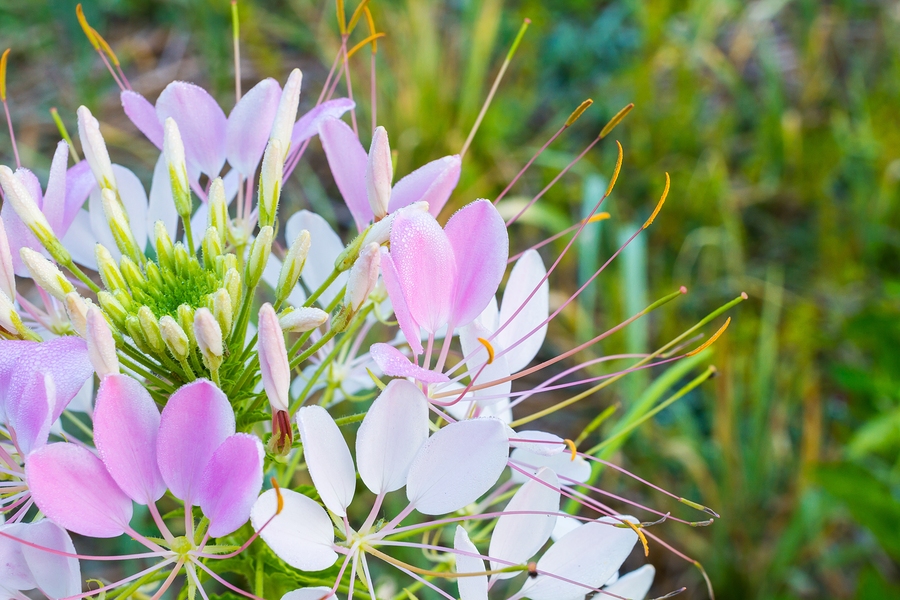
Photo credit: bigstock.com
12. Spider Plants
Sometimes called airplane plants, these green and white striped plants are very common and are super air cleaners. NASA tests showed that this little plant removes about 90 percent of formaldehyde, a known carcinogen, from the air.
Spider plants are also excellent when it comes to absorbing odors and fumes while keeping oxygen levels steady by putting out oxygen as needed. Spider plants are often hung from ceilings so that their little “airplanes” or “spider” runners can hang down.
If you have pets or children and worry about the plants you put in your home, this is a good choice as you can hang one or two out of reach. These are very easy to care for and need only bright light and a once per week soak.
RELATED: Top 15 Houseplants That Clean The Air And Relieve Stress
Remember to wipe down leaves with a wet rag once a week to enable the plants to do their job. Think of this in the same way you would changing the air filter in your air purifier. NASA recommends one plant for every 100 square feet of space, so a bedroom with 300 square feet will need 3 plants. They don’t all have to be the same type — you can always mix and match to suit your tastes.
References:
































